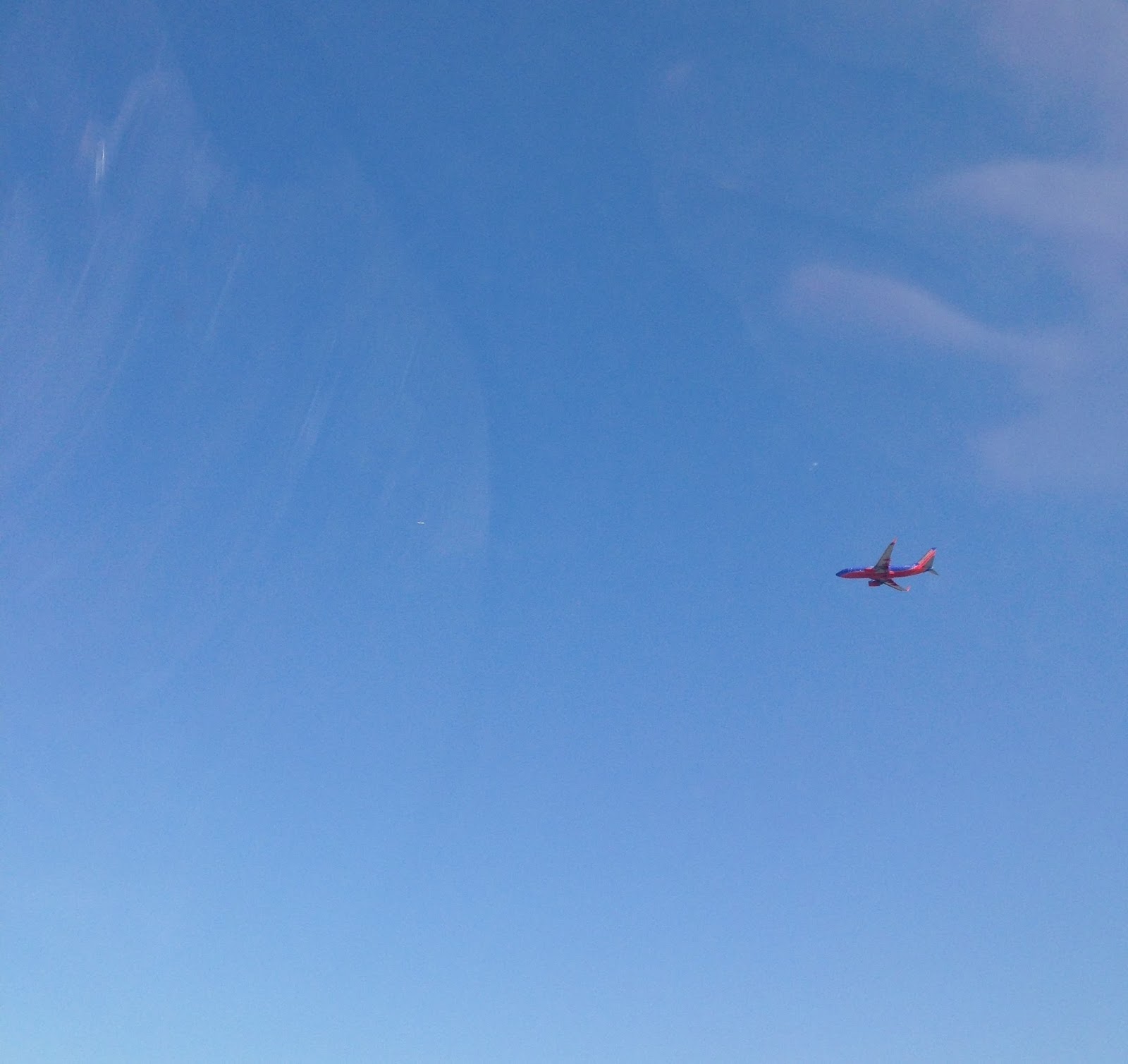Thankfully, our football season was blessed with a bye week this year, and our coach dismissed us from team activities on Friday and Saturday, leaving time for some long-overdue flying. In the middle of October, the leaves were already changing colors on the rolling hills of the Hudson Valley and I hoped that the colors would last until the end of the month so that they could be seen from a thousand feet up.
-----------------------------------------------------------------------------------------------------------
With many, if not all, of my friends back home in Illinois unable to join me in the skies due to parental concerns over small planes, I was looking forward to taking up my first non-family passengers and showing them what flying in a small plane is all about. Both of the buddies I took up are aeronautical engineers like myself, so they had a good amount of appreciation for aviation and were ecstatic about being able to go up.
The plan was to fly north from the Schenectady County Airport (SCH) and fly around Saratoga and Saratoga Lake, and from there fly slightly east and then south along the Hudson River so that we could fly over campus for a little bit and take some pictures. From campus, we would head west to the Albany International Airport (ALB) and do a touch-and-go there before going southwest to fly over a state park, and then head back to SCH.
 |
| Flight starting at SCH (middle left) and progressing clockwise along the light purple line. |
 |
| After takeoff from SCH |
The flight was beautiful - we had great views of some of the mansions and horse racing tracks in Saratoga, as well as a boat race going on at Saratoga Lake. Heading south along the Hudson, I made sure to set us up so that my buddies (both sitting on the right side of the plane) had great views of campus as we flew along.
At some point during the turns and photography over campus, one of my buddies actually got a little queasy, and I made the immediate decision to head back to SCH and land. Unfortunately, Albany air traffic control (ATC), who I was communicating with, had other ideas and had to direct us around some commercial jets that were going to land at ALB.
Even though their vectoring added a couple minutes to our flight, it put us right on path to fly over ALB on our way back to SCH. By this time, my friend was feeling a bit better. I asked him if he would mind doing a touch-and-go since it was on the way, and he said he didn't. My landing was as smooth as I've ever had and I'm glad I was able to nail the first one in front of my friends.
 |
| Short final for Runway 1 at ALB |
 |
| RPI ECAV - Troy, NY |
 |
| RPI Campus - Troy, NY |
After landing at SCH, I felt incredibly accomplished. Despite the flight being cut a little short and that slight airsickness scare, my friend said he still had an incredible time. This is part of the reason why I love flying - because I'm able to share it with those who have never experienced flying low and slow, seeing the world from a totally different viewpoint.
-----------------------------------------------------------------------------------------------------------
At the end of the day, this flight was really a flight of firsts - my first sick passenger, that same passenger's first flight in a small plane, and my first flight with some friends! I'm glad I was able to experience the airsickness scare early on in my flying career, because I'm now better prepared to face the situation again if it happens in the future. Thankfully, I also thought ahead and brought along a few plastic grocery bags just in case something like that were to happen, and I will continue to bring them in the future.
In the coming weeks, I plan on going up a couple times now that my football season is over and I have some more free time. Definitely looking forward to taking some more friends up and showing them the skies! Until next time........














.jpg)







